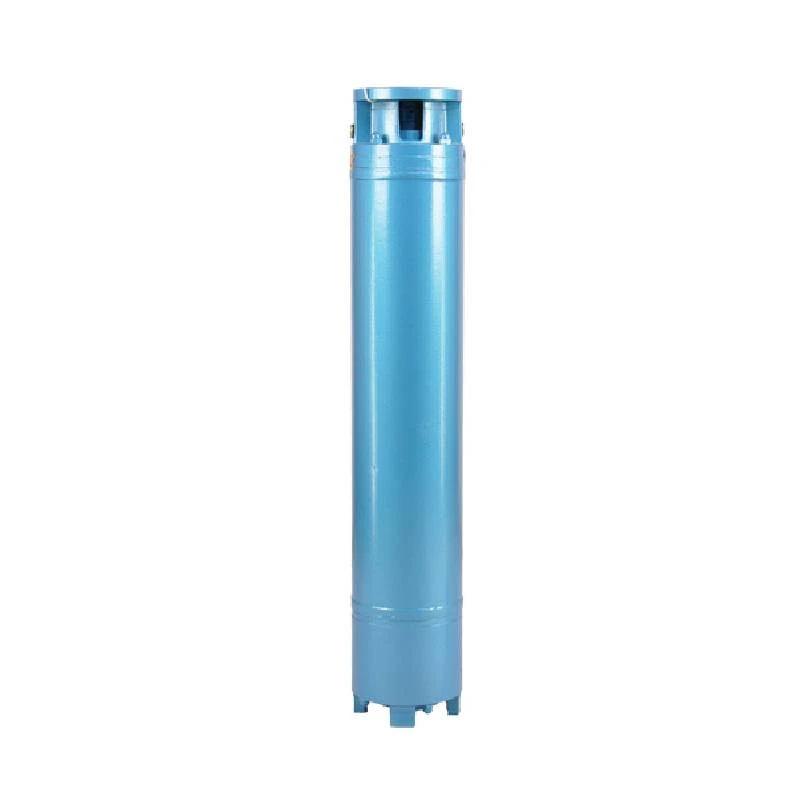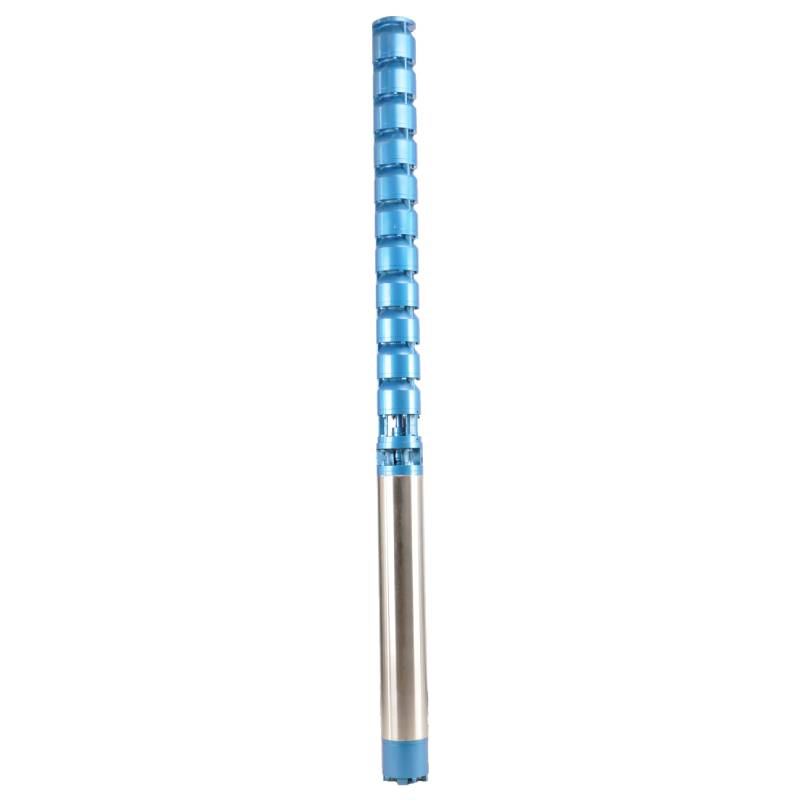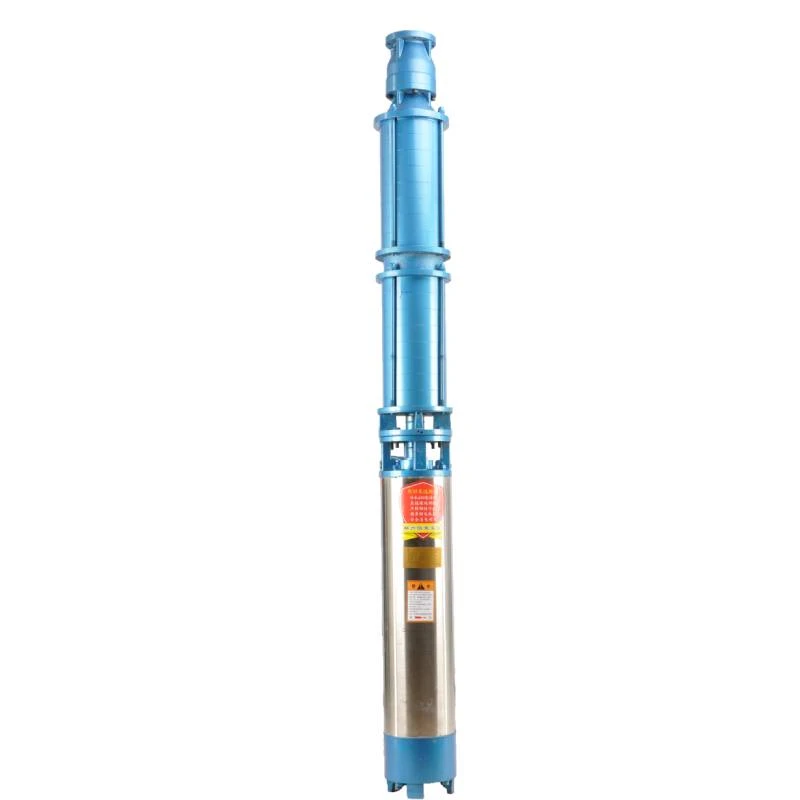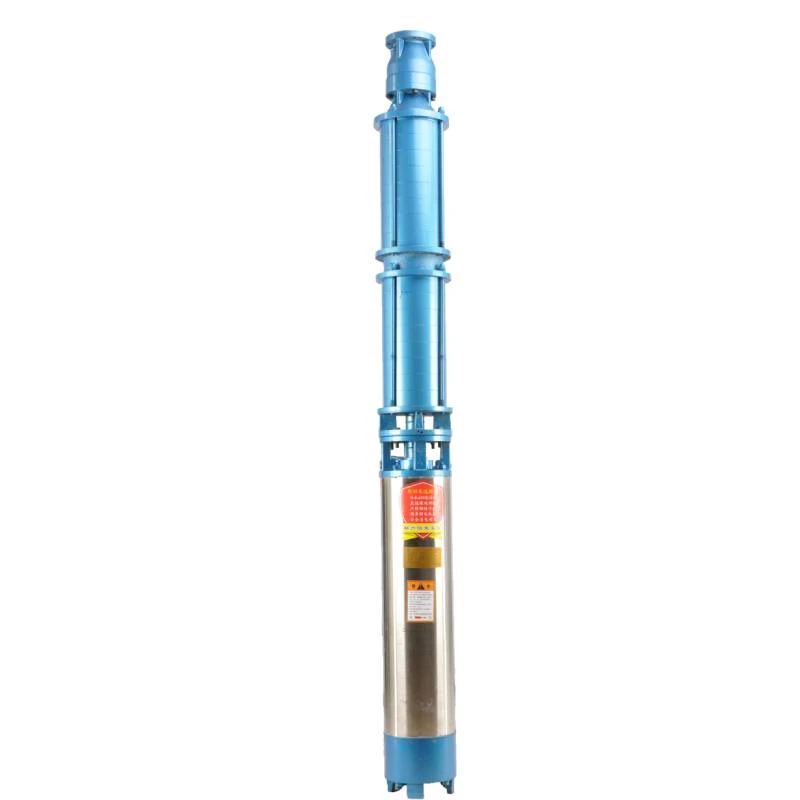Sep . 23, 2024 14:21 Back to list
Methods for Testing a Submersible Pump Using a Multimeter
How to Test a Submersible Pump with a Multimeter
Testing a submersible pump is essential for ensuring it operates efficiently and reliably. With the help of a multimeter, you can easily diagnose electrical issues such as a faulty motor or wiring problems in your submersible pump. Here’s a step-by-step guide on how to conduct this testing effectively.
Step 1 Safety First
Before you begin testing, ensure your safety by disconnecting the power supply to the pump. This prevents electrical shock or damage to the multimeter. Additionally, ensure that the pump is completely submerged and there is no likelihood of it being energized during your testing.
Step 2 Gather Your Tools
You will need a digital multimeter (DMM) which can measure voltage, current, and resistance. Make sure your multimeter is functioning properly and is set to the correct mode depending on the parameter you want to measure.
Step 3 Check for Continuity
Start by checking the continuity of the pump’s motor. Set your multimeter to the resistance (ohm) setting. Disconnect the wires from the pump's terminals, then touch the multimeter probes to the terminals. A typical reading should show continuity; if it reads ‘OL’ (open loop), the motor winding is likely broken.
how to test a submersible pump with a multimeter

Step 4 Measure the Resistance
While you have the wires disconnected, note the resistance readings. Compare these with the manufacturer’s specifications. A significantly higher or lower reading may indicate a problem with the motor.
Step 5 Test Voltage
Next, it’s time to check the voltage at the pump. Reconnect the pump to the power supply. Safely measure the voltage across the terminals of the pump while it is running. Set the multimeter to the AC voltage setting (for pumps running on AC) and observe the reading. Ensure that it matches the voltage rating specified by the manufacturer.
Step 6 Inspect for Ground Fault
While the pump is powered, keep the multimeter set to the appropriate setting and check for any ground faults by placing one probe on the terminal and the other on the pump casing. If you receive a reading, there might be a grounding issue, which can be hazardous.
Conclusion
Regular testing of your submersible pump with a multimeter can help catch issues early, preventing costly repairs or replacements. Following these steps ensures a thorough evaluation of the pump’s electrical components, enhancing its longevity and efficiency. Always adhere to the manufacturer’s guidelines for the best practices.
-
125QJR Deep Well Submersible Pump - High Performance & Reliable Water Supply
NewsAug.28,2025
-
Water Filled Submersible Pump
NewsAug.26,2025
-
The Ultimate Solution for Clean
NewsAug.26,2025
-
SS Submersible Pump
NewsAug.26,2025
-
Reliable Water Extraction from Great Depths
NewsAug.26,2025
-
Deep Well Submersible Pump
NewsAug.26,2025
-
 125QJR Deep Well Submersible Pump - High Performance & Reliable Water SupplyGet reliable, high-performance water with the 125QJR Deep Well Submersible Pump. Ideal for irrigation, agriculture, and industrial deep well applications. Experience efficient, continuous water supply. Shop now!Detail
125QJR Deep Well Submersible Pump - High Performance & Reliable Water SupplyGet reliable, high-performance water with the 125QJR Deep Well Submersible Pump. Ideal for irrigation, agriculture, and industrial deep well applications. Experience efficient, continuous water supply. Shop now!Detail -
 Water Filled Submersible PumpA water filled submersible pump is engineered for optimal cooling, eco-friendliness, and high efficiency, especially in applications involving clean or slightly sandy water.Detail
Water Filled Submersible PumpA water filled submersible pump is engineered for optimal cooling, eco-friendliness, and high efficiency, especially in applications involving clean or slightly sandy water.Detail -
 The Ultimate Solution for CleanWhen it comes to efficient water delivery from underground or submerged sources, a submersible pump stands as the go-to solution for homes, farms, ponds, and industrial sites.Detail
The Ultimate Solution for CleanWhen it comes to efficient water delivery from underground or submerged sources, a submersible pump stands as the go-to solution for homes, farms, ponds, and industrial sites.Detail
